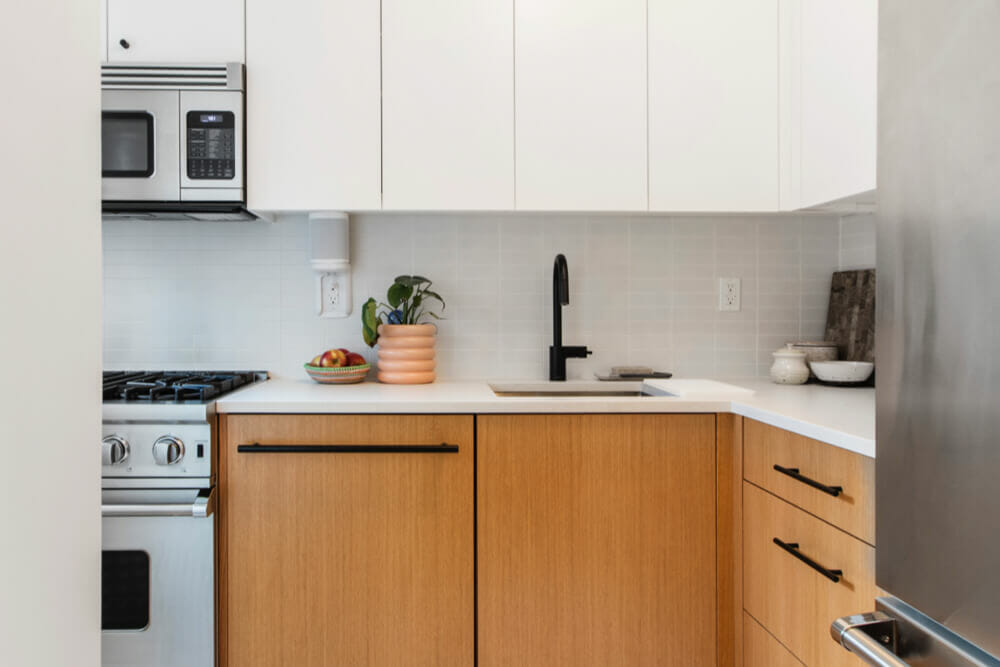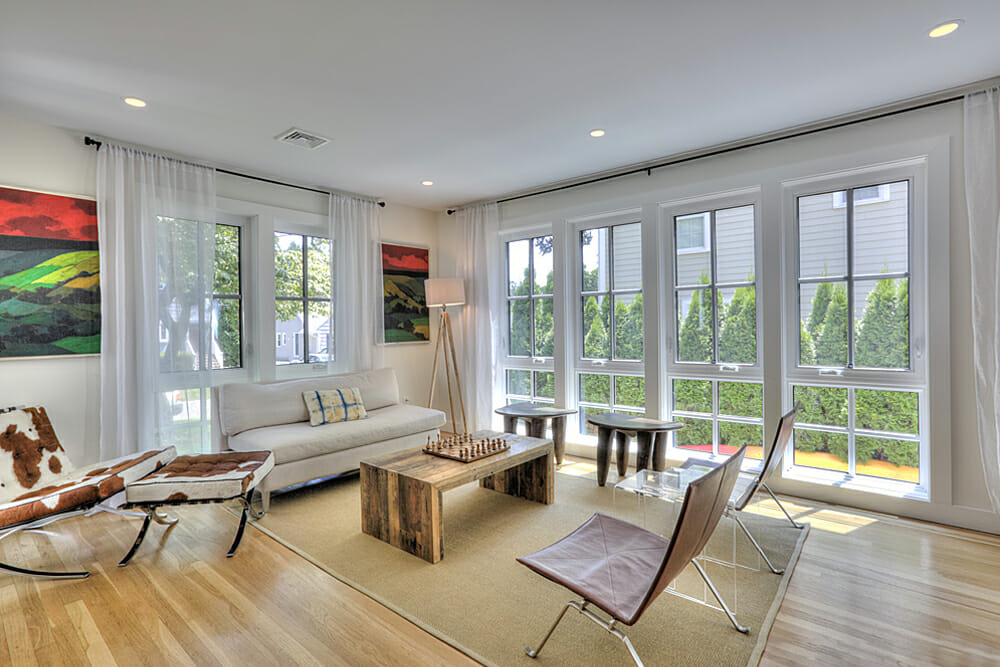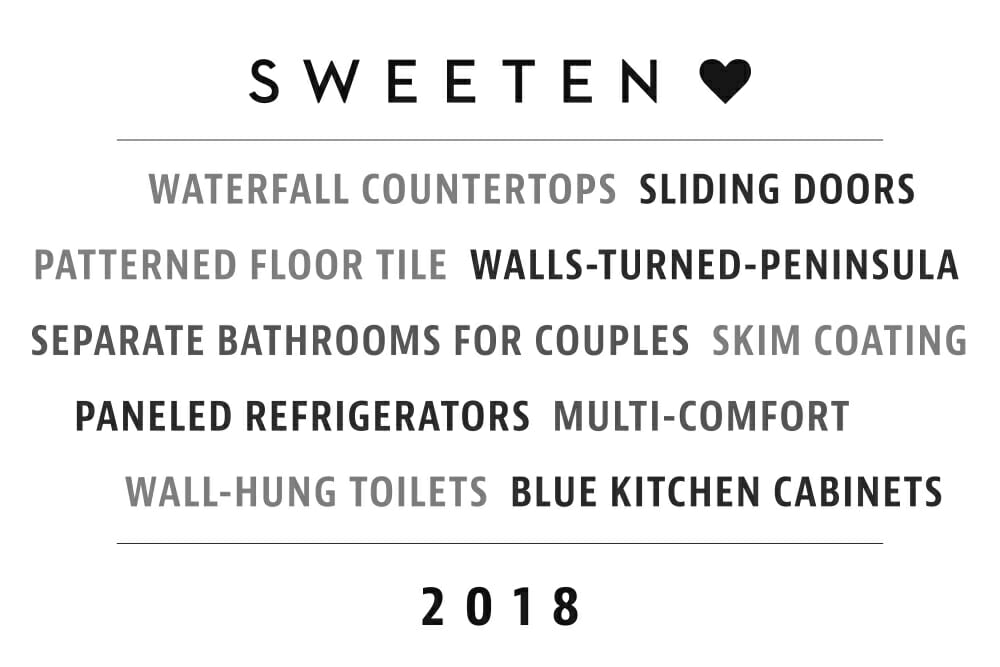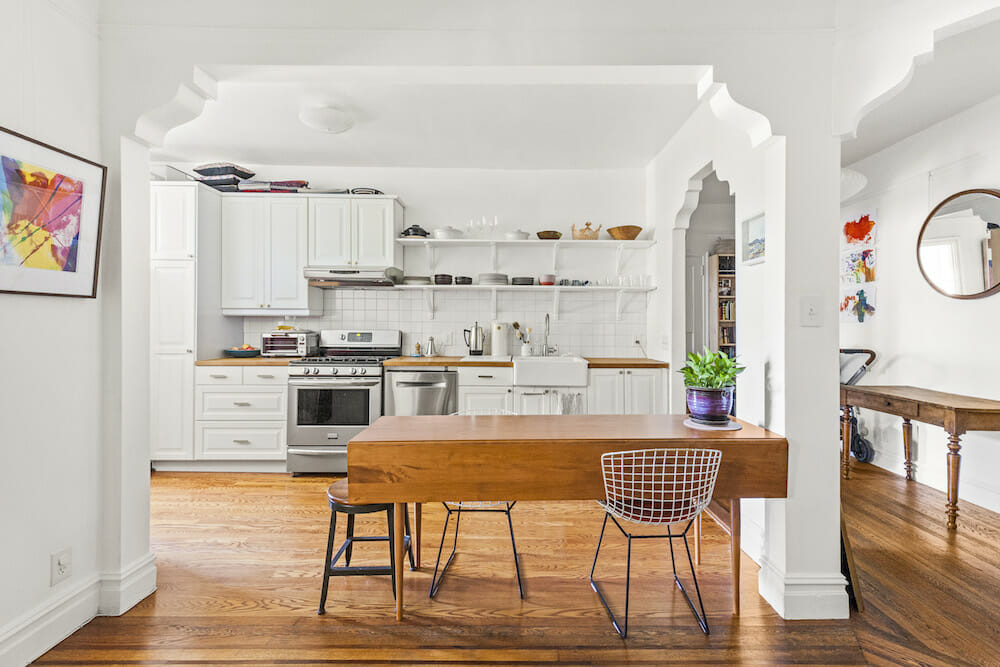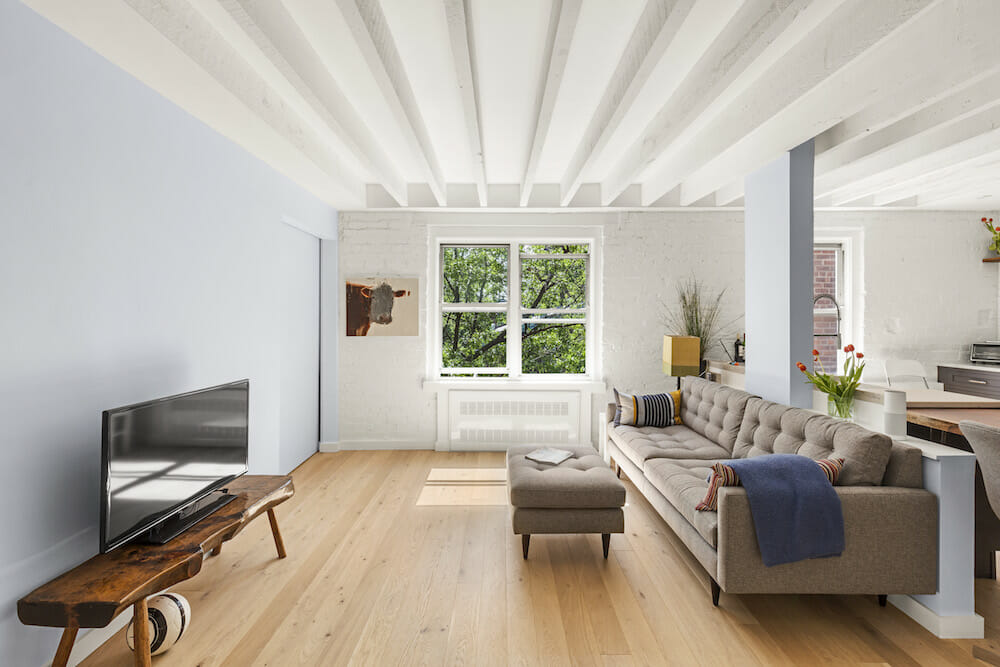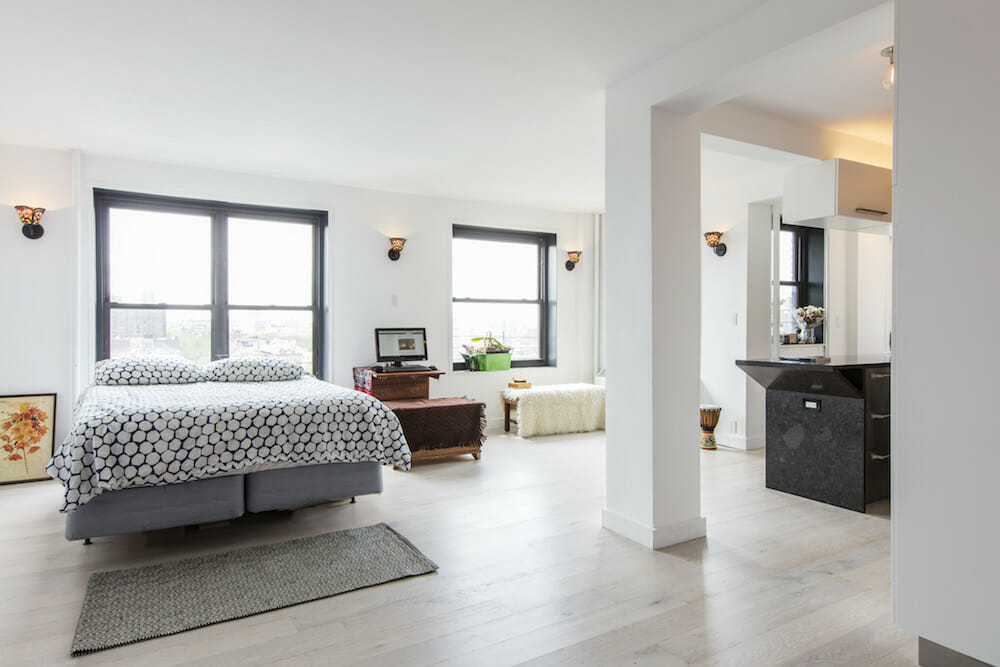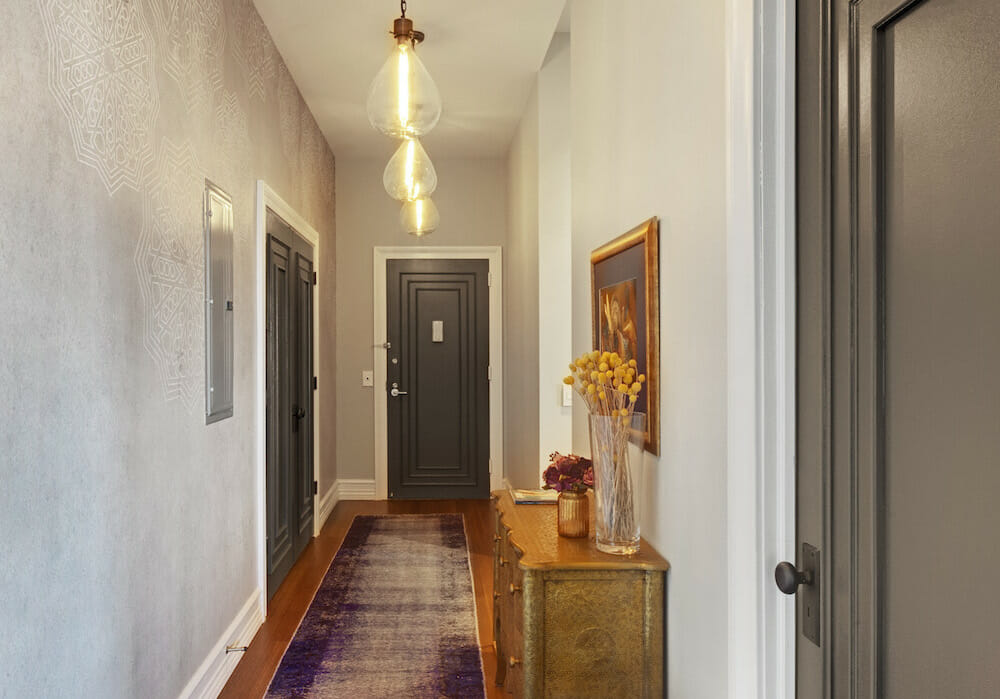Home / Blog / Advice & FAQs
How to Soundproof a Room
Soundproofing a room can include multiple points—from floors and walls to windows and doors
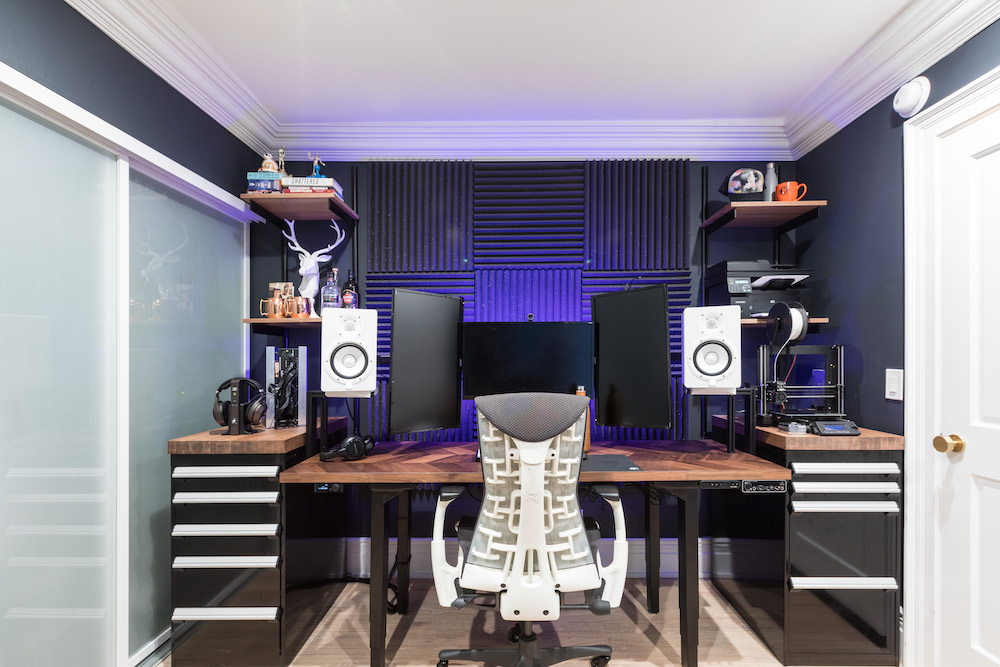
As home theaters and bonus rooms become more popular, so does the need for a soundproof room. When “soundproofing” a space, we usually mean designing a room to reduce annoying sound transfer between spaces. Most homes are not designed to resist sound transfer. However, homeowners can take steps to make a room more soundproof, especially during a remodel.
Sweeten matches home renovation projects with vetted general contractors, offering advice, support, and secure payments—for free.
How to soundproof a room
The goal is not to build a silent room, but to reduce annoying sounds from spaces next door like a home theater or child’s playroom. Soundproofing a room often involves extra thick walls, insulation, gap sealing, and special building techniques. Every surface and component of a soundproof room must reach the same resistance to sound transfer, or Sound Transmission Class (STC) rating. The best way to soundproof a room includes treating the ceiling, walls, and floor with soundproofing materials.
Soundproofing for floors
Soundproofing floors is as important as soundproofing the walls and ceiling. One common method involves installing foam or other pliable material as a flooring substrate. Gypsum tile underlayment is an example. In this method, sheets of soundproof material attach to the subfloor prior to the finished floor. When used together with additional crawl space insulation, these materials absorb sound waves similar to drywall.
Soundproofing for walls
Soundproofing wall techniques use insulation and other materials to break up sound waves coming from an adjacent room. To maintain the STC of a room, windows and doors must also be soundproof. These are usually the source of external noises. Sweeten brings homeowners an exceptional renovation experience by personally matching trusted general contractors to your project, while offering expert guidance and support—at no cost to you. Renovate to live, Sweeten to thrive!
The two most common forms of insulation used for soundproofing walls are fiberglass batts and closed cell spray foam insulation. Other forms of insulation, like rock wool (mineral wool) also work well.
Fiberglass insulation batts
- Fiberglass batts are often installed inside double-thick walls separating rooms. If needed, it can be added to both sides of the wall for added thickness.
- The material collects and holds moisture, however. So, an additional vapor barrier should be installed if the wall is located below grade.
Closed-cell spray foam
- Closed-cell foam is a relatively new form of insulation that is applied wet and allowed to dry, expand, and cure. The material sticks to anything it touches, so sound bridges that can occur with metal fasteners are eliminated. It also expands slightly after being sprayed. As a result, most small cracks and gaps are sealed.
Soundproofing for windows
Soundproof windows use similar technology as low-energy windows, such as double- and triple-pane windows separated by gas.
Manufacturers also offer sound abatement inserts similar to storm windows, which install on the inside of the window frame. Sound abatement inserts absorb as much as 60% of sound transfer within the room.
Another solution, cellular shades absorb higher frequencies when added to soundproof windows.
Soundproofing for doors
Soundproof doors resist sound transfer because of insulation inside the door slab. An insulating seal around the door acts as an air barrier to dampen airborne noise. Also, specially-designed seals, similar to weatherstripping, close up any gaps when the door is closed.
Soundproofing insulation for ceilings
When soundproofing a ceiling, identify the types of noise you’re insulating the room from. Generally, nuisance noises are caused by vibrations (also called impact noises) and sounds that travel through the air. Caulk, foam, or rubber treat impact noises by installing a pliable material that absorbs the vibrations. Insulative tape or spray foam insulation treat airborne noises closing any air gaps that could transfer sound.
Another technique involves installing a second layer of drywall. The second layer is installed perpendicular to the first, separated by sound-deadening caulk. Together with soundproofing adhesive, this prevents the drywall layers from touching or sharing fasteners that could transmit sound.
—
Sweeten handpicks the best general contractors to match each project’s location, budget, scope, and style. Follow the blog, Sweeten Stories, for renovation ideas and inspiration and when you’re ready to renovate, start your renovation with Sweeten.
